A new survey of over 150 subcontractors released by Southern Construction Framework reveals that build costs for the M&E sector rose 7% in the second quarter compared to the previous year.
M&E packages, which account on average for around 20% of project construction costs, continue to face challenges such as high-profile insolvencies, a shortage of skilled labour and rising copper prices.
The survey which covers mainly public sector work in the south of England also blames increasingly complex specifications for upward cost pressure.
Changes driven by stringent environmental and quality requirements are adding to the complexity of M&E solutions.
Supply chains are seeing a rise in the use of PV, air-source heat pumps, ground-source heat pumps, and mechanical ventilation, all driving the complexity of M&E solutions.
These changes have knock-on effects, which are not always immediately clear.
Heat pumps typically require larger ductworks than gas boilers, which can in turn change other design aspects. Similarly, accurately sizing basements, where many of these services are stored, is important and a source of risk.
In addition, fire regulations and local planning requirements have further tested the viability of schemes, with sprinkler systems, fire/smoke dampers, fire hydrant tanks, and electrical vehicle charging points being increasingly utilised.
Adrienne Turner, Framework Manager at SCF, said that these changes to regulation have pushed developers to scrutinise work more carefully, and design more exhaustively. Designing for the worst case has higher costs.
She said: “With M&E being a critical package for projects, and responsible for a high proportion of the construction costs, any unexpected escalations can often place significant pressure on project affordability.
“Costs for the M&E sector are increasing for a myriad of reasons, including labour shortages and changes in specification, following stringent environmental and quality requirements.
“So, it’s vitally important that cost escalations are well understood and predicted.
“Contractors must engage earlier with specialist M&E suppliers to ensure benchmarked rates and that cost allowances are accurate and reflect the designed solution.”
The report also found that despite a decrease in offcial construction output figures, tender workloads actually increased by 3.8% in the second quarter of 2024, when compared to the previous quarter.
Anecdotal evidence from main contractors and their trade suppliers suggests that subcontractors are being asked to revisit previous tenders in the search of cost savings and specification adjustments as past hyperinflation has led to outdated budgets.
Also the surge in insolvencies means that trusted suppliers are being relied upon heavily for pricing works by main contractors.
As a result, this may be driving tender workload across the industry but not necessarily resulting in an improvement in output.
The trades experiencing the largest increases were: concrete frame (11.67%), windows (6.81%) and steelwork (6.71%) specialists.

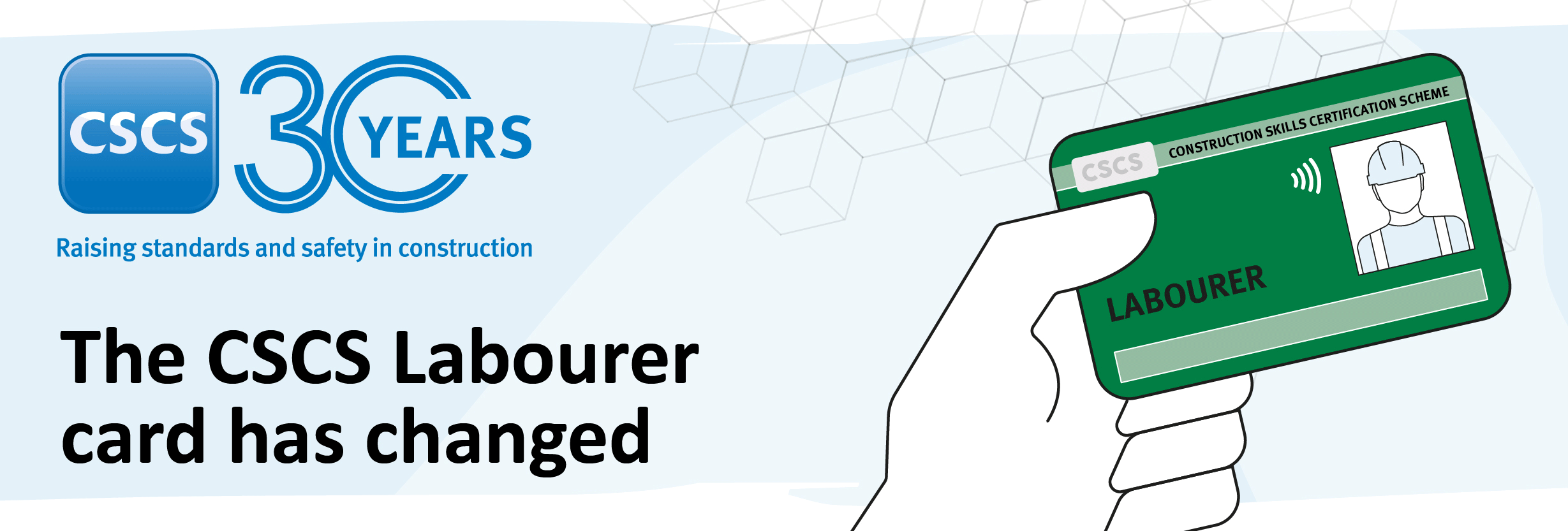



 (300 x 250 px).jpg)



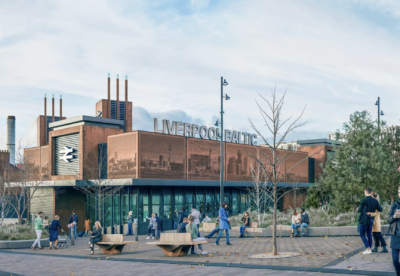

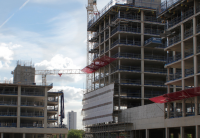




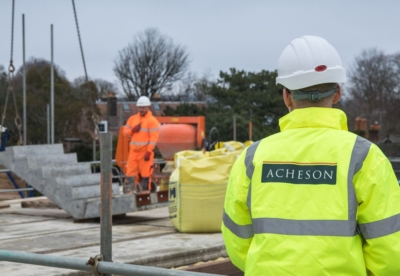



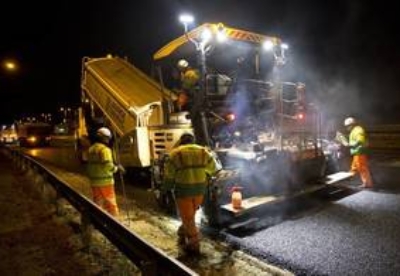



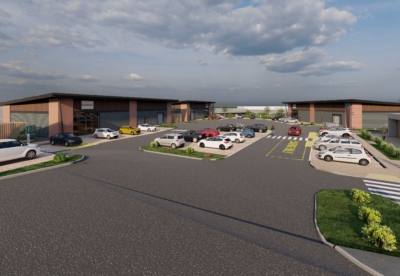


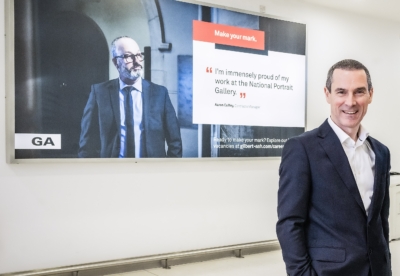
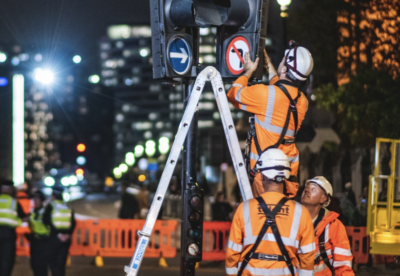
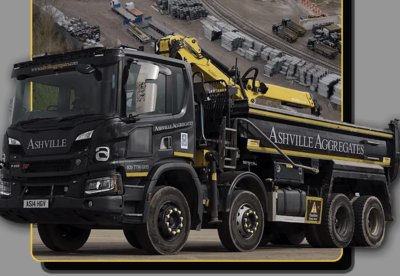


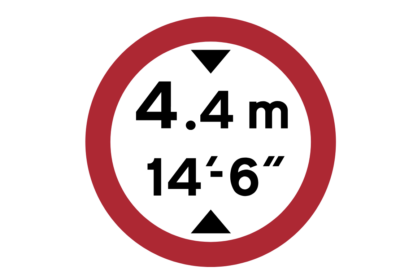
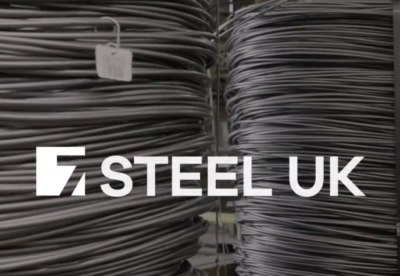





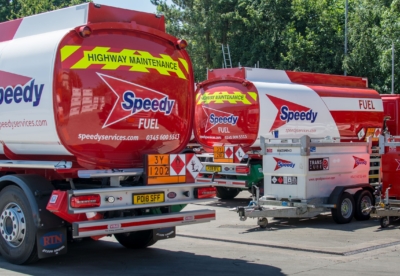







.gif)





